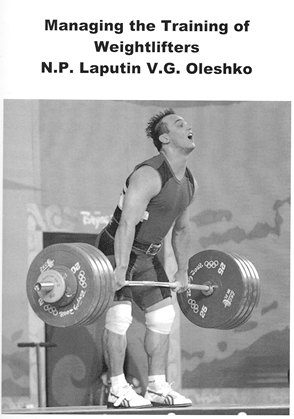Part II Bulletproofing Your Spine: Reverse Hyper & Optimal External Loading

Part II Bulletproofing Your Spine: Reverse Hyper & Optimal External Loading
“You do not want to train maximal…You do not want to train minimal…You want to train OPTIMAL.” – Louie Simmons/Mel Siff PhD MsC

An optimal external training load will induce positive adaptations of increased fitness that will function to protect against injury. If the external training load is below optimal (minimal), positive adaptations of increased STRENGTH will NOT occur due to under training. If the external training load is above optimal (maximal), it can result in decreased physical fitness and at worse induce injury due to over training.
Part I detailed how strength acquisition of the spine requires a progressive increase in external training load. The aim of Part II is to enable you to understand what an optimal external training load is for you in regards to the reverse hyper. Strength acquisition requires an understanding of how to optimally apply/manage external loads.
“The ideal training stimulus ‘sweet spot’ is the one that maximizes net performance potential by having an appropriate training load while limiting the negative consequences of training (ie, injury, illness, fatigue and overtraining).” – Tim Gabbett PhD
Tim Gabbett’s approach to optimizing external training load to improve performance and avoid injury is the ratio of “acute: chronic load ration”. This ratio describes the acute training load (most recent week’s training load) to the chronic training load (preceding four-week rolling average of acute training load). He recommends referencing the change or increase of training load relative to the preceding four-week average, NOT just the preceding week alone.
For example, if the average amount of weight lifted on the reverse hyper over the previous four weeks was 8,000lbs per week and the current week was going to be 9,000lbs — dividing the chronic work load 8,000 by the current week (acute) of 9,000lbs the ratio is: 1.13. According to the work of Gabbett (pictured below), the ideal ratio, “sweet spot” is 0.8 – 1.3.

Gabbett’s work enables us a way to numerically define minimal training, maximal training, and optimal training in regards to external loading:
- > Minimal is below 0.8
- > Maximal is above 1.5
- > Optimal is 0.8 – 1.3
Review:
- > Optimal loading will induce positive adaptations of increased fitness that will function to protect against injury.
- > Maximal loading increases risk of injury and/or decreased physical fitness/performance.
- > Minimal loading results in under training.
***Under-trained individuals are also at a high risk for injury and/or decreased physical fitness/performance.
If you found this post to be informative, please share and subscribe to my blog to receive posts directly to your inbox. Thanks for reading and please check out my online services.
John Quint NMT, FR, FRCms, ART, CAFS
Reference:
Gabbett TJ. The training-injury prevention paradox: should athletes be training smarter and harder? Br J Sports Med Published Online First: 12 January 2016. doi: 10.1136/bjsports-2015-095788





